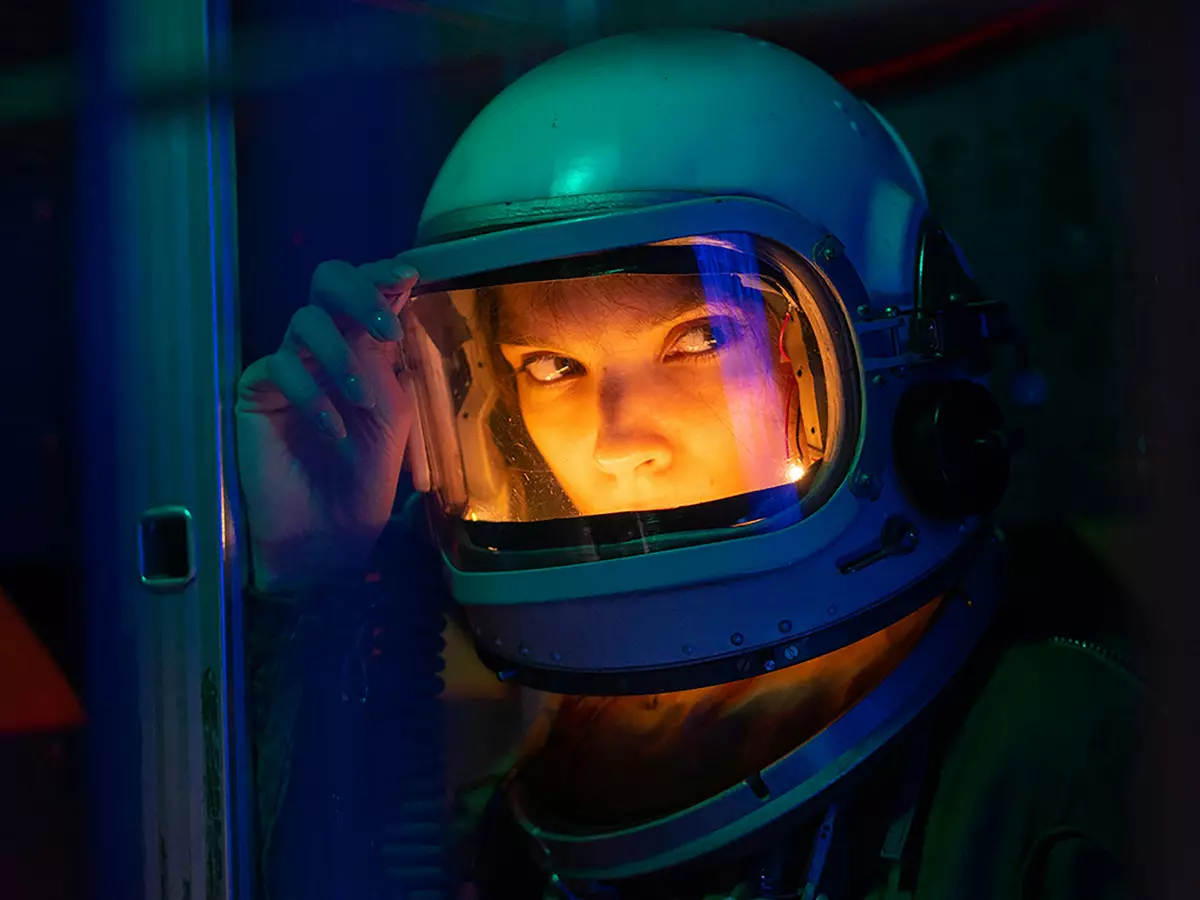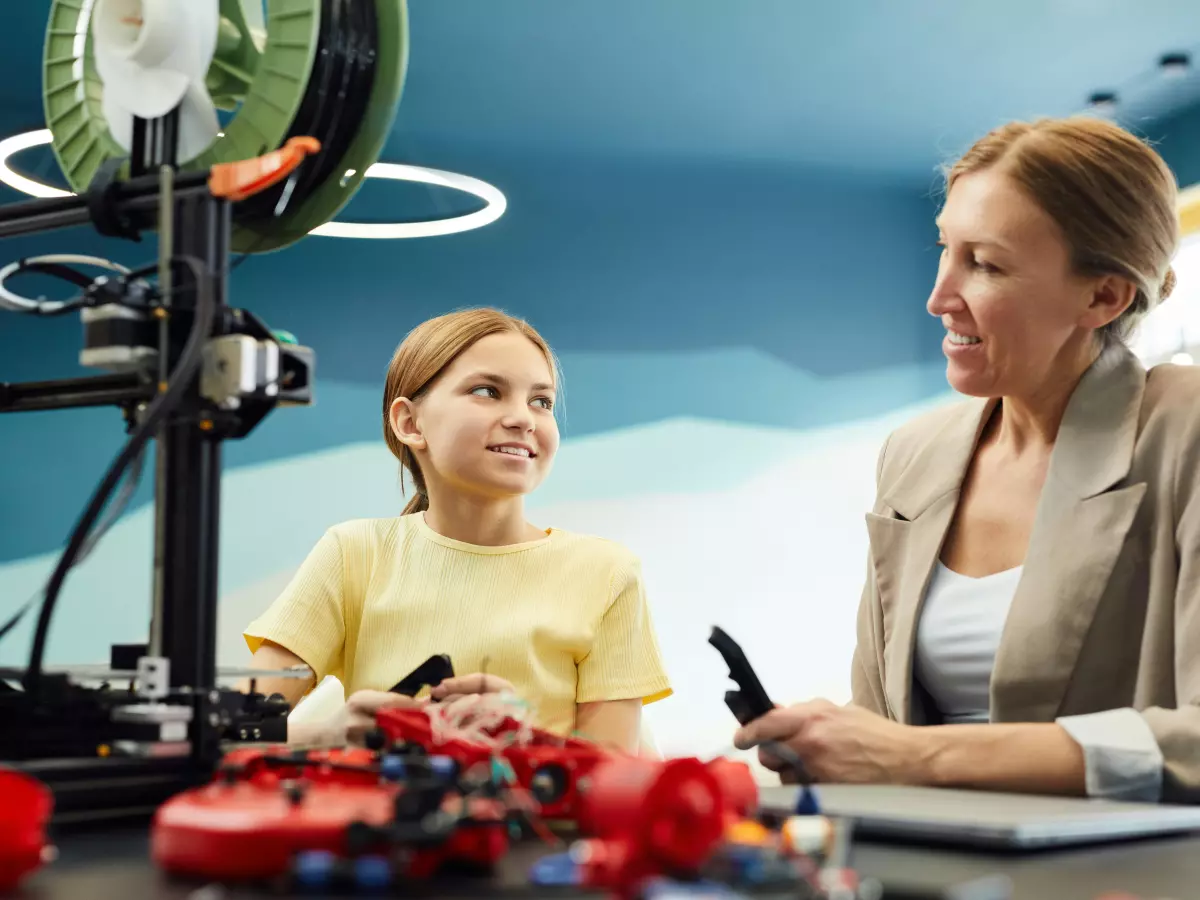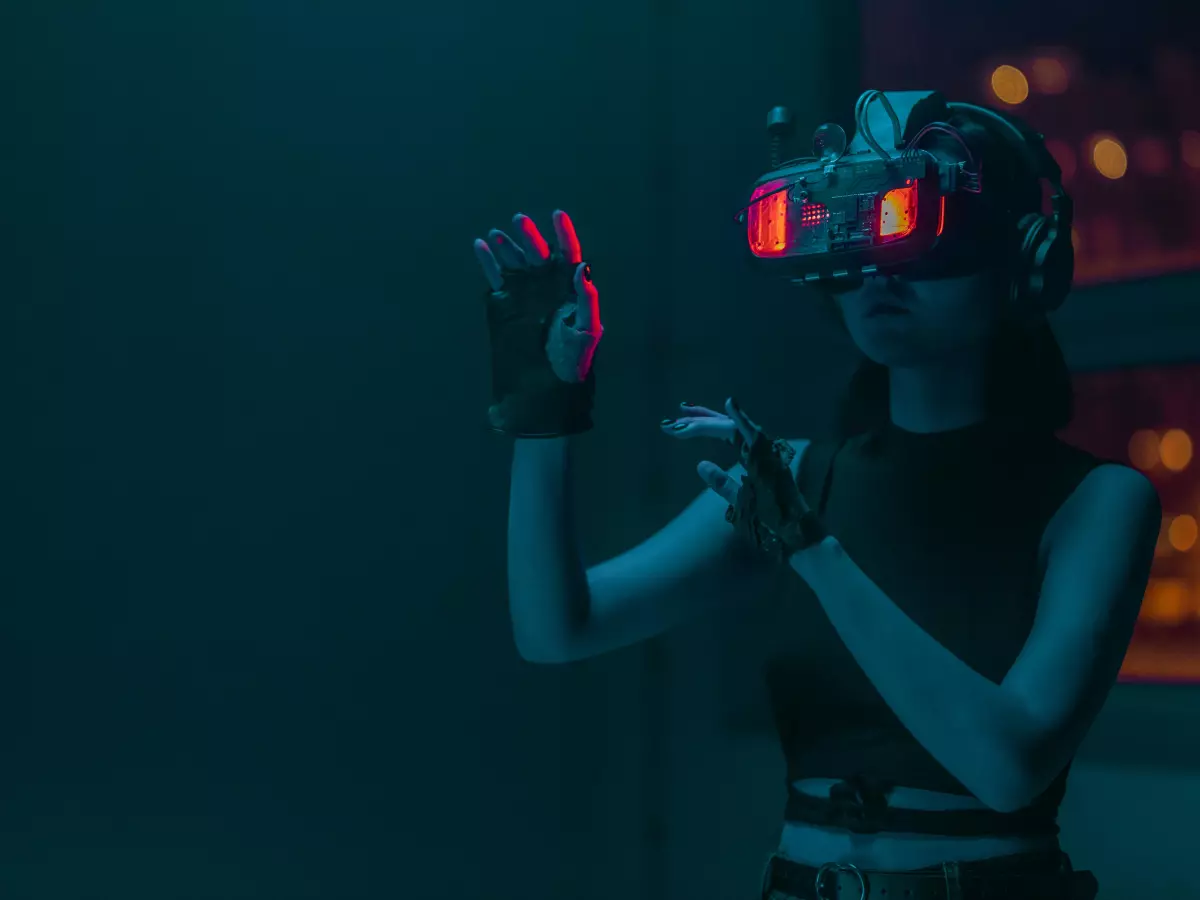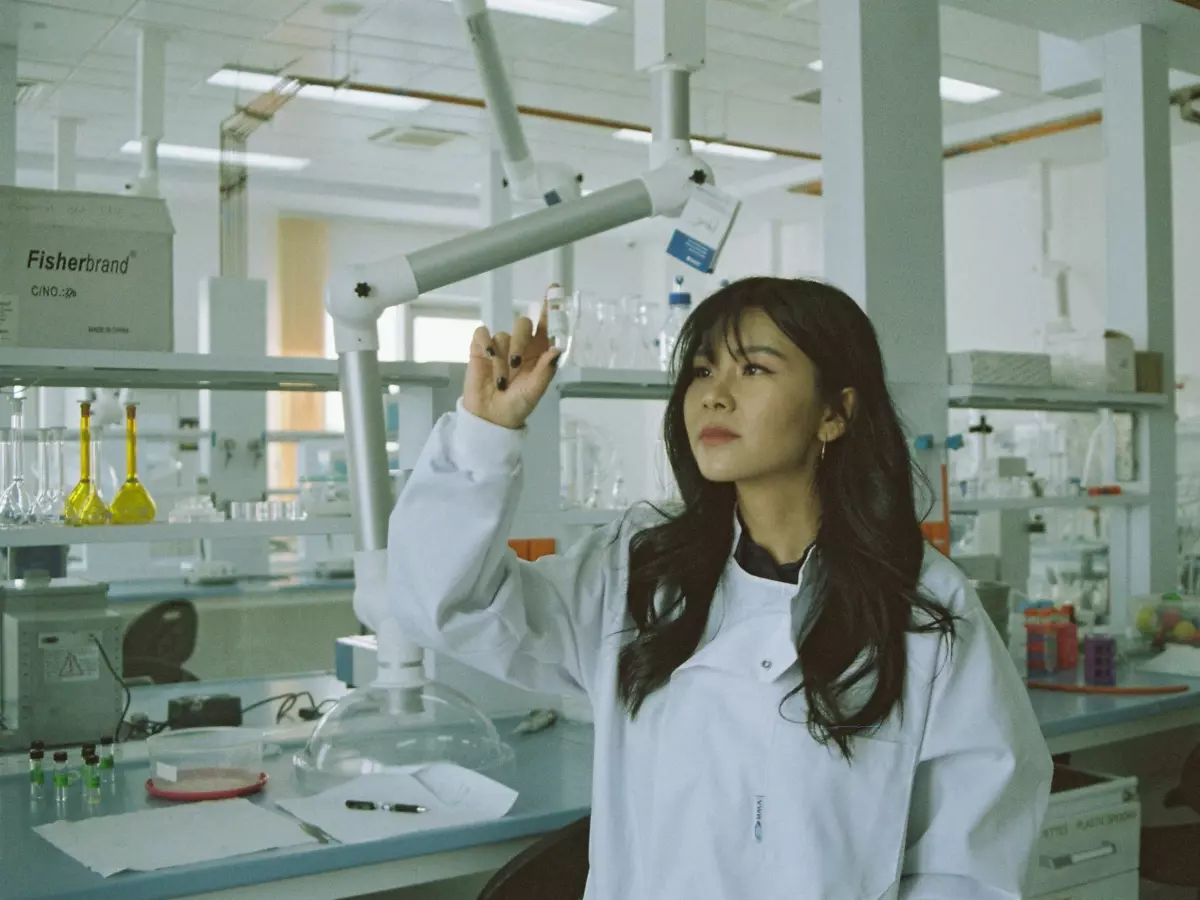Human-Robot Synergy
Robots have long been a staple of science fiction, from the humanoid C-3PO in Star Wars to the menacing Terminator. But the reality of robots in our world has often been far less glamorous—until recently. The field of human-robot interaction (HRI) has evolved dramatically, thanks to one key figure who has been quietly reshaping how we perceive and interact with machines.
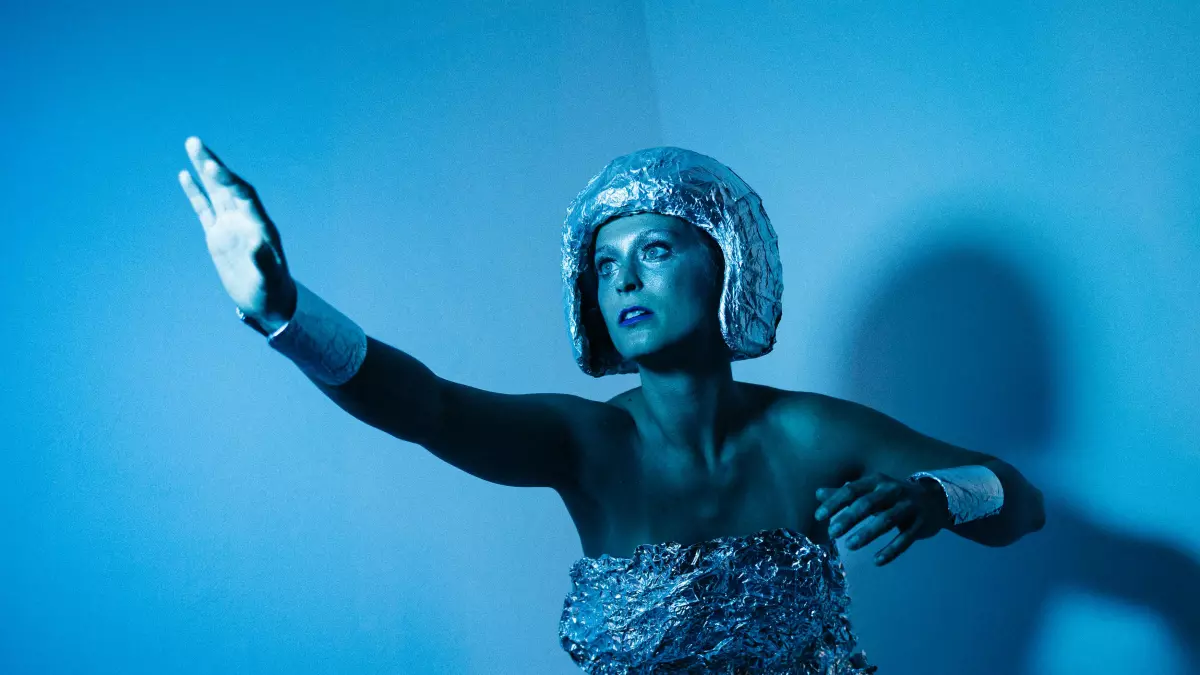
By James Sullivan
Human-Robot Interaction (HRI) is a multidisciplinary field that explores how humans and robots communicate, collaborate, and coexist. It’s not just about making robots more efficient; it’s about making them more intuitive, more human-like, and, in some cases, more empathetic. The idea is to create robots that we can work with, not just machines that work for us.
Enter Dr. Emily Rodriguez, a pioneer in the field of HRI and the person responsible for some of the most groundbreaking innovations in how we interact with robots today. Her work has been instrumental in transforming robots from cold, mechanical tools into dynamic, responsive entities that can engage with humans on a deeper level.
From Tools to Teammates
Rodriguez’s journey into HRI began in the early 2000s when she was a PhD student at MIT’s Media Lab. At the time, robots were primarily seen as tools—machines designed to perform repetitive tasks in factories or assist in dangerous environments like space exploration or bomb disposal. But Rodriguez had a different vision. She believed that robots could be more than just tools; they could be collaborators, teammates, even companions.
Her early work focused on developing robots that could understand human emotions and respond in kind. This was no small feat. It required advances in both artificial intelligence and robotics, as well as a deep understanding of human psychology. Rodriguez’s research led to the development of robots that could recognize facial expressions, interpret tone of voice, and even detect subtle changes in body language.
One of her most famous projects was a robot named “Eli,” designed to assist elderly people in their homes. Eli wasn’t just a glorified vacuum cleaner or a voice-activated assistant; it was a companion. It could engage in conversation, remind its users to take their medication, and even detect signs of loneliness or depression. Eli represented a new era in HRI, one where robots were not just tools but partners in human well-being.
The Ethics of Empathy
Of course, with great power comes great responsibility, and Rodriguez has been at the forefront of discussions about the ethical implications of human-robot interaction. As robots become more integrated into our daily lives, questions arise about privacy, autonomy, and the potential for manipulation.
Rodriguez has been a vocal advocate for ethical guidelines in HRI, arguing that robots should be designed with empathy in mind. She believes that robots should enhance human life, not replace it, and that they should always operate with transparency. For example, a robot that assists in healthcare should make it clear when it is collecting data and how that data will be used.
Her work has led to the creation of a set of ethical principles for HRI, which have been adopted by several major tech companies. These principles emphasize the importance of user consent, data privacy, and the need for robots to be designed in ways that promote human dignity.
Breaking Down Barriers
One of the most significant contributions Rodriguez has made to the field of HRI is her work on breaking down barriers between humans and robots. In the past, robots were often seen as “other”—alien, mechanical beings that were fundamentally different from us. But Rodriguez has worked tirelessly to change that perception.
Through her research, she has shown that robots can be designed in ways that make them more relatable and approachable. This includes everything from their physical appearance to the way they move and communicate. For example, Rodriguez has developed robots with soft, human-like features and fluid, natural movements. These robots are designed to put people at ease, making it easier for them to interact with the machines.
Her work has also extended to the development of robots that can collaborate with humans in complex tasks. In one project, Rodriguez worked with a team of engineers to create a robot that could assist surgeons in the operating room. The robot wasn’t just a tool; it was a partner, capable of understanding the surgeon’s needs and adjusting its actions accordingly.
The Future of HRI
So, what’s next for Rodriguez and the field of HRI? According to her, the future lies in creating robots that are even more integrated into our daily lives. She envisions a world where robots are not just assistants but active participants in our communities—helping us with everything from education to healthcare to environmental sustainability.
But Rodriguez is quick to point out that this future will only be possible if we continue to prioritize ethical considerations. “We have to remember that robots are tools we create,” she says. “They should serve us, not the other way around.”
As we move forward into a world where robots are becoming more and more a part of our lives, it’s clear that Rodriguez’s work will continue to shape the way we interact with these machines. Her vision of robots as collaborators, rather than mere tools, is one that is already changing industries from healthcare to education to manufacturing.
In the end, Rodriguez’s legacy may not be the robots themselves but the way she has redefined what it means to interact with them. By focusing on empathy, ethics, and collaboration, she has shown us that robots can be more than just machines—they can be partners in our human journey.
“The future of human-robot interaction isn’t about making robots more human,” Rodriguez says. “It’s about making robots better partners for humans.”

